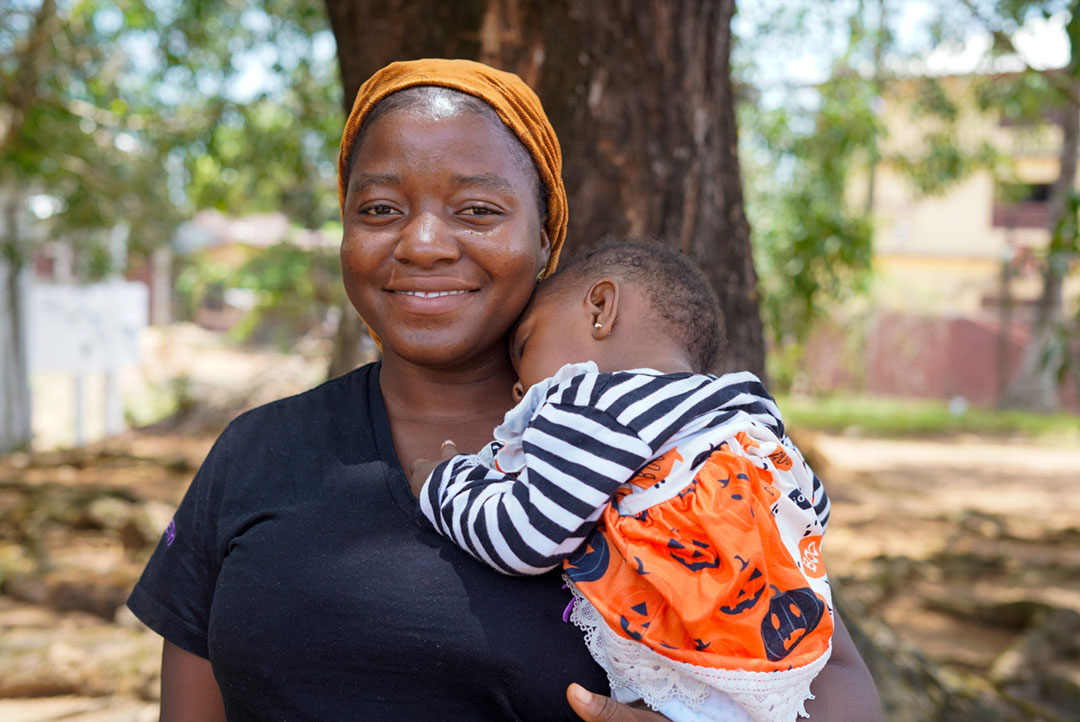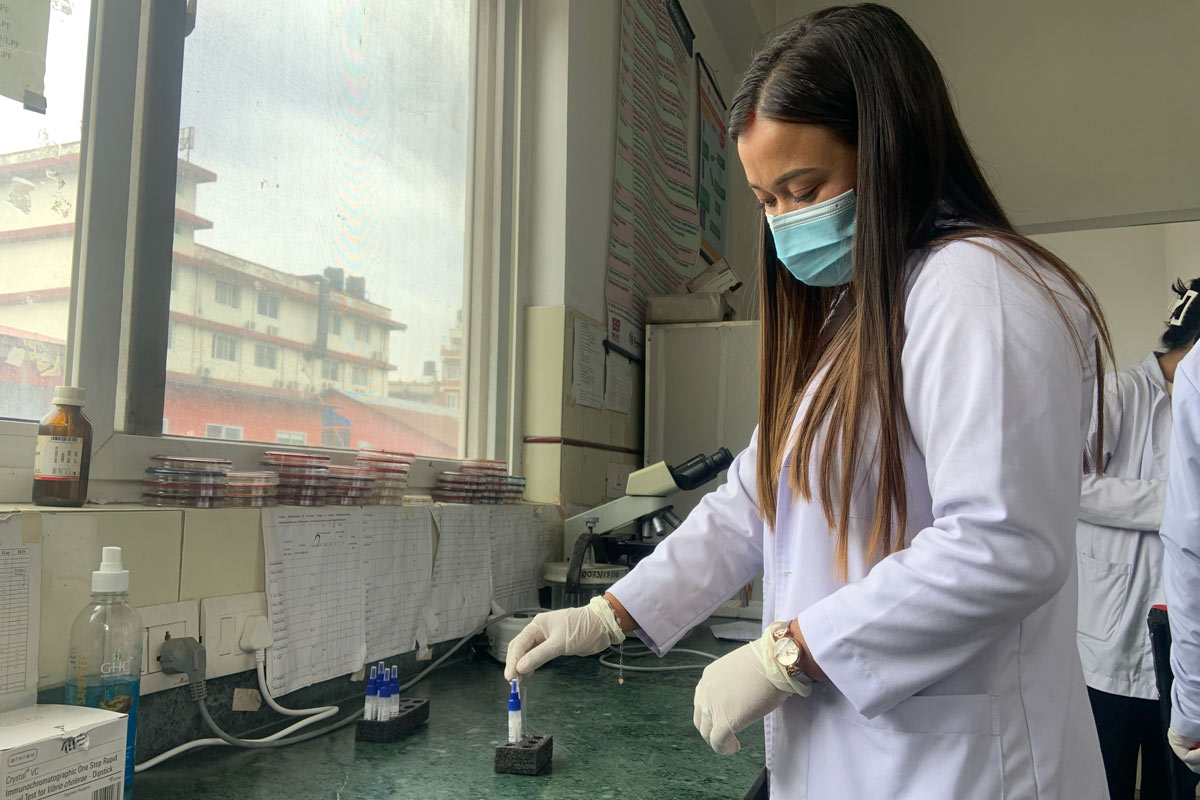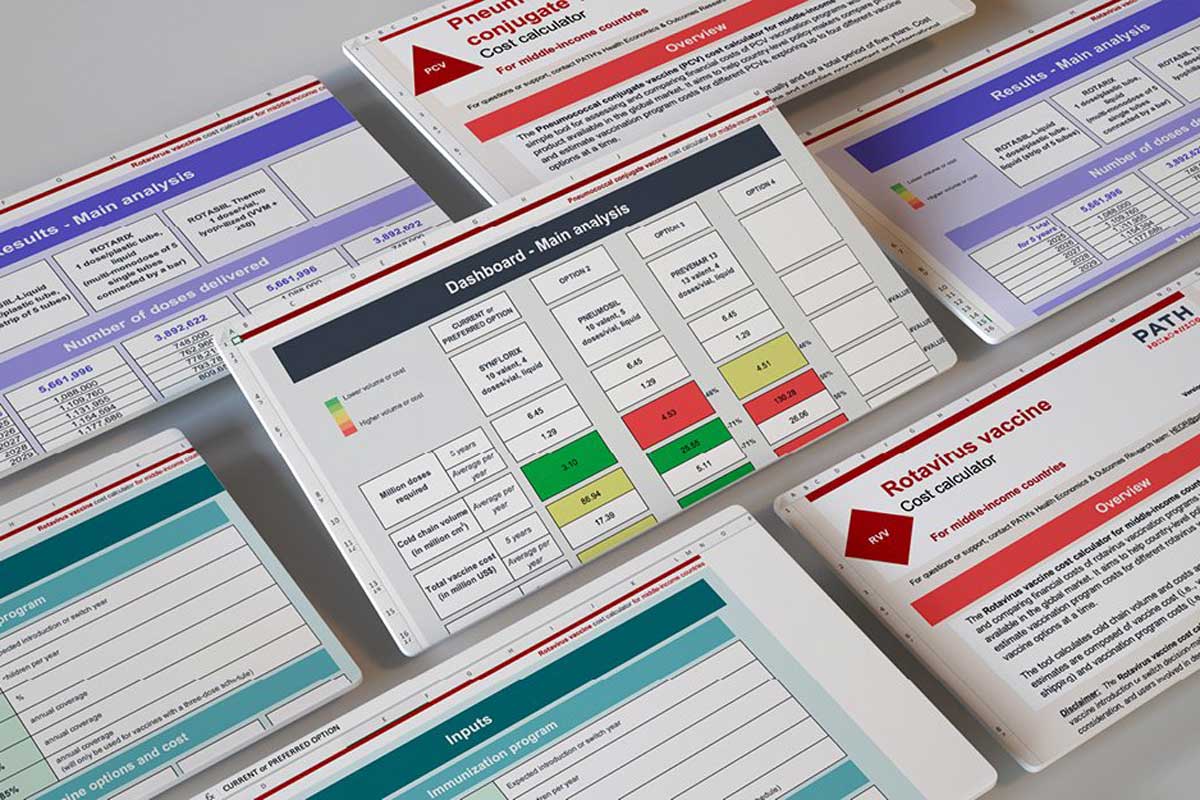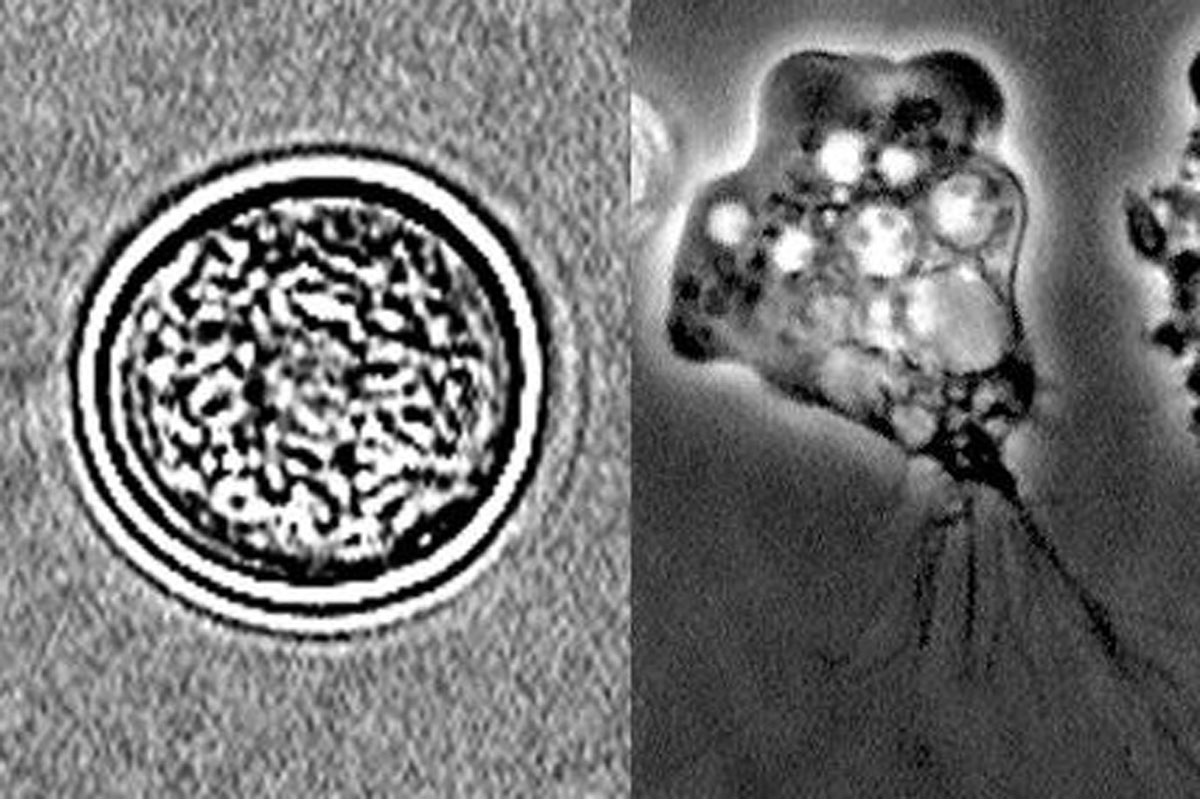Duncan Graham-Rowe, Gavi.

At the end of a busy vaccination session, Mitra Kumari needs to take stock, literally. As
a cold-chain handler for the Bareilly Primary
Health Center in Uttar Pradesh, India’s most
populated state, she needs to know that she
has enough vaccine doses in stock for the next
day’s immunisation session.
Instead of returning to the cold store, Mitra
reaches for her phone. At the push of a few
buttons she can quickly see how many doses
she has in stock and when these stock levels
were logged.
Originally piloted in two districts, the new Electronic
Vaccine Intelligence Network (eVIN) is
transforming the way vaccine stock is managed
and making the distribution of vaccines much
more efficient. “Since the introduction of this technology, it has become easier for me
to maintain the record systems,” says Mitra.
The interactive system is designed to work
across different platforms, from the latest
smartphones to the most basic text-based
handsets. “It is very easy to use,” says Mitra.
In addition to checking stock, eVIN also allows
cold-chain handlers, like Mitra and her
colleague Surajmukri Gangawar, to update the
system in real-time by logging the number of
used, open or discarded vaccine vials. It can even track
temperature levels of cold storage facilities.
By standardising and streamlining vaccine
logistics management, eVIN had a
profound impact on the supply chain in the two
districts where the pilots took place. In
the first six months of implementation, vaccine
stock-outs were virtually eliminated.

Some happy program managers, using technology for immunisation. Photo: Gavi/Oscar Seykens.
“The plan is to scale this up across three
large Indian states – Uttar Pradesh, Rajasthan
and Madhya Pradesh – which have a combined
population of 345 million,” says Bhrigu Kapuria,
Team Leader for Vaccine Logistics & Cold Chain
Management, for the Government of India’s
Immunization Technical Support Unit. “This is
going to help improve immunisation coverage,”
he says.
This story was originally featured in Gavi’s 2014 progress report. Read more here.






